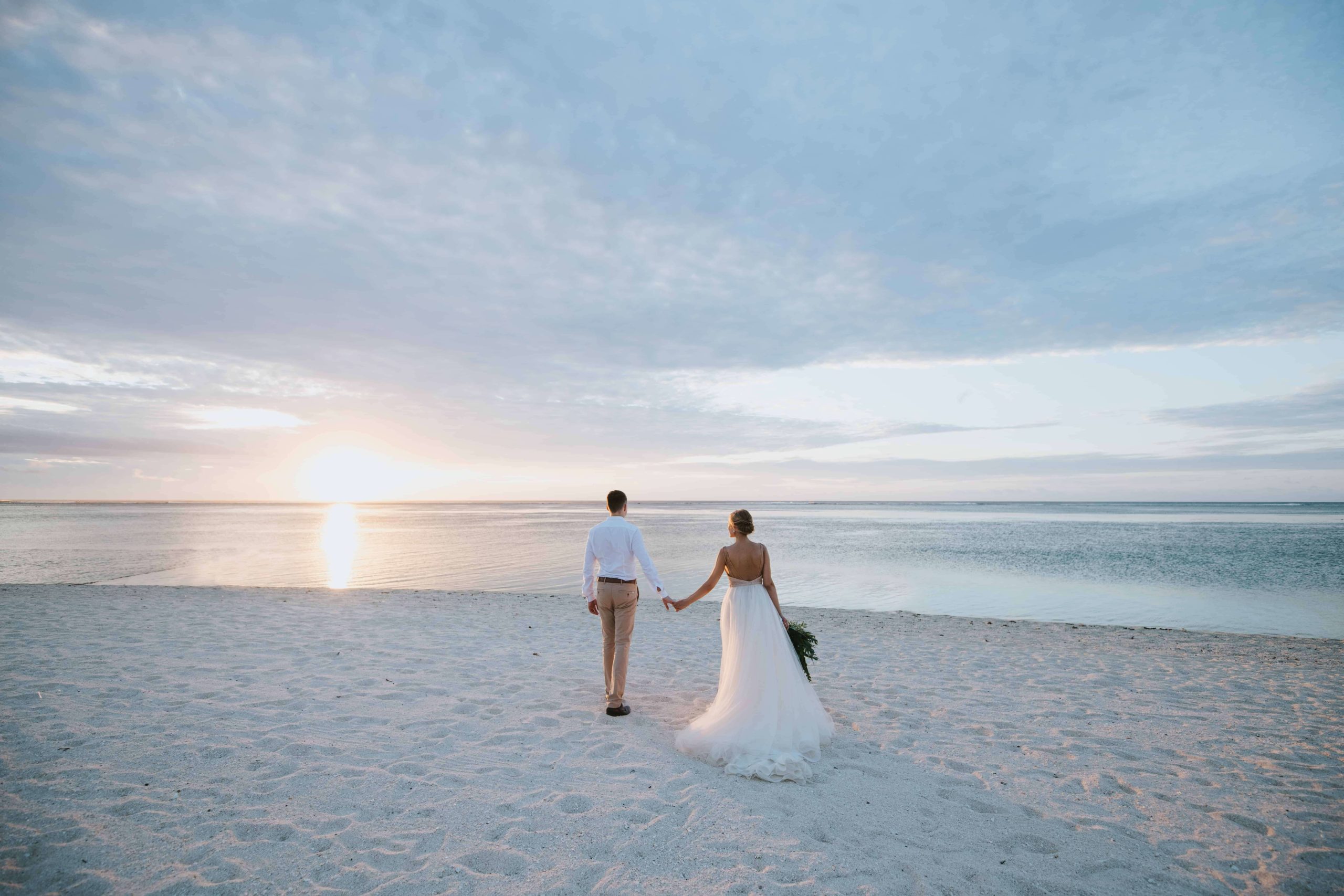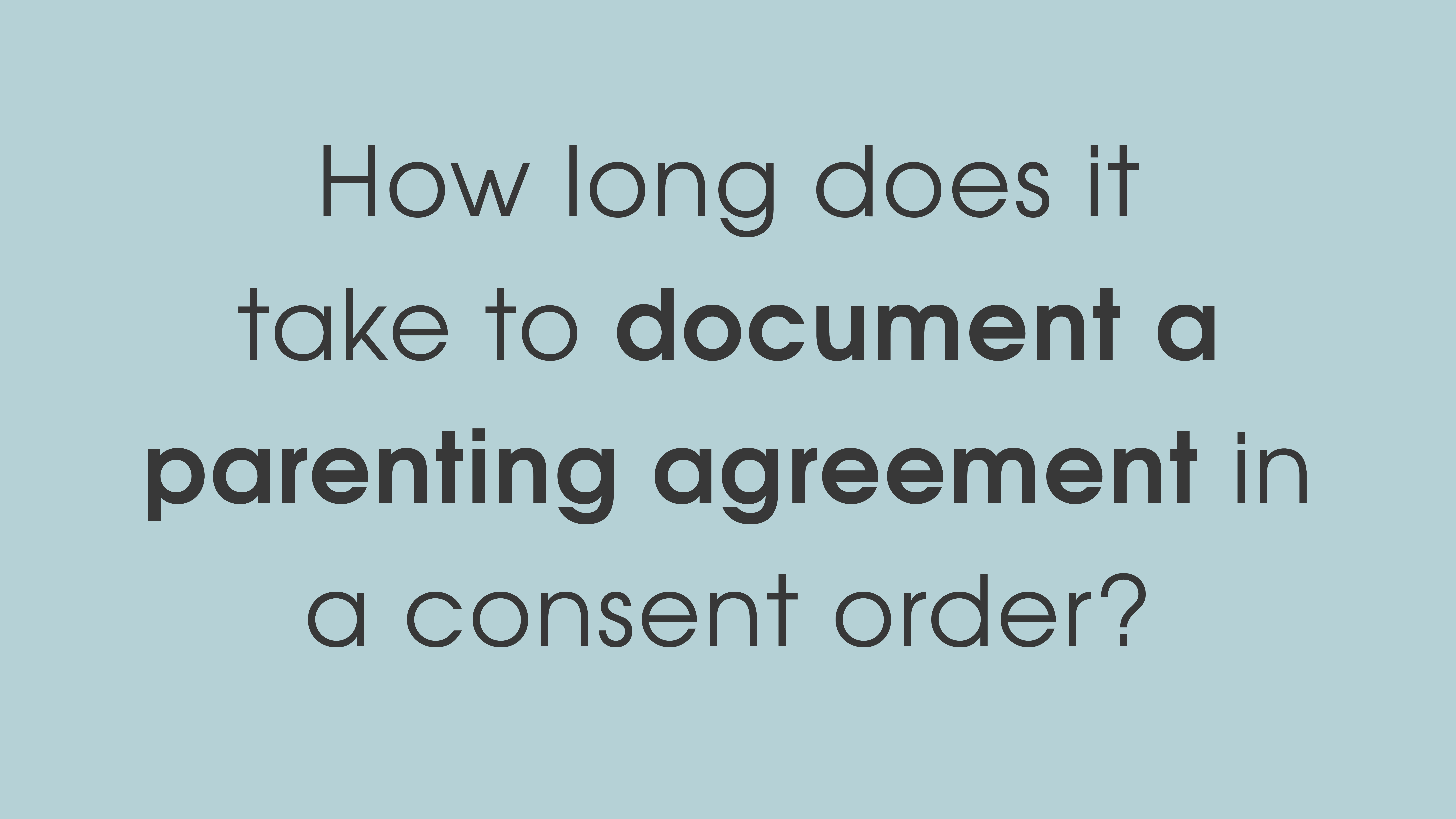Legalities Of Getting Married In Queensland

You might think it’s simple enough: pop the question, find a celebrant and get your friends and family together for a celebration. Well, it’s a little more involved than that, and the last thing you want is your special day ruined because you didn’t dot an ‘i’ or cross a ‘t’.
So, what needs to be done?
Who can get married?
All Australian states and territories are bound by the regulations set out in the Marriage Act 1961, which defines what constitutes a legal marriage. This law was amended by the Marriage Amendment (Definition and Religious Freedoms) Act 2017 to extend the right to marry to same-sex couples.
In order to enter into a legal marriage, you must satisfy the following:
- Not currently be in a legally recognised marriage
- Be at least 18 years of age
- Understand the concept of marriage and freely consent to it
- not be marrying a parent, grandparent, child, grandchild, brother or sister (this includes by adoption)
- Use appropriate wording during the wedding ceremony
- Provide the celebrant with the necessary documentation within a given time frame.
It’s not required that you be an Australian citizen or an Australian resident to get married in Australia. However, if one partner is a citizen of a foreign country, it may be prudent to check the legal standing of Australian marriages in their home country. This is especially relevant to same-sex couples.
It should also be noted that people as young as 16 years of age may apply to the Federal Circuit and Family Court of Australia or the Magistrates Court for the right to marry, provided that:
- Your proposed spouse is at least 18 years old
- Your parent or legal guardian has given their consent (unless the court rules their consent is not needed)
- Exceptional circumstances justify it (eg. your ability to support yourselves independently, whether you have the support of your families).
Taking care of the legalities
A marriage must be officiated by an authorised marriage celebrant who may be religious or civil in their affiliation. The first step required by law is to deliver your notice of intention to marry (NOIM) to your nominated marriage celebrant no earlier than 18 months and no later than one month prior to your wedding. The NOIM can be downloaded from the website of the Attorney General’s office here.
The NOIM must be signed by the parties intending to marry in the presence of a witness. An authorised witness may be:
- Your marriage celebrant
- A justice of the peace
- A barrister or solicitor
- A medical practitioner (registered nurses, physiotherapists and pharmacists don’t count)
- A police officer.
A temporary change to the witnessing process has been made in light of difficulties associated with COVID-19. While signing the NOIM is usually required to be done in the physical presence of the witness, it may now be witnessed remotely via teleconferencing technology that permits audio and visual communication. This change will be in place until 31 December 2022.
Your marriage celebrant will also require evidence of your identity, and proof of your place and date of birth which may include documents like your driver’s licence, birth certificate and passport. If you were party to a prior marriage that ended in divorce or the death of your spouse, you must provide evidence of the termination of that marriage. Producing a divorce order or your former spouse’s death certificate will suffice.
The next required document is the Declaration of No Legal Impediment to Marriage (DONLIM). This essentially states that your marriage does not meet any disqualifying factor such as not being of age, being related to each other, or already being married. This document must be signed before your wedding ceremony.
On the wedding day
On the day of the wedding, two witnesses over the age of 18 will be required to co-sign three marriage certificates with you, your new spouse and the marriage celebrant. One of the certificates can be kept by you, one will be submitted to the registry of Births, Deaths and Marriages by the celebrant along with the NOIM and DONLIM, and the third certificate must be retained by the celebrant for a minimum of six years.
It’s also important to recognise the legally required wording to be used during the ceremony. The celebrant must include a statement, called a monitum, that explains the nature of the marriage, and the bride and groom will then recite their vows. The necessary wording, updated to reflect the 2017 amendments to the Marriage Act, can be viewed here.
We know this isn’t the most glamourous aspect of planning your big wedding day, but it is important nonetheless.
Now, will you be serving chocolate cake or red velvet? There are lots of exciting decisions ahead of you. Don’t forget to soak it all in and enjoy these precious moments.
Contact the team at Life Law Solutions for assistance with your estate planning needs.





